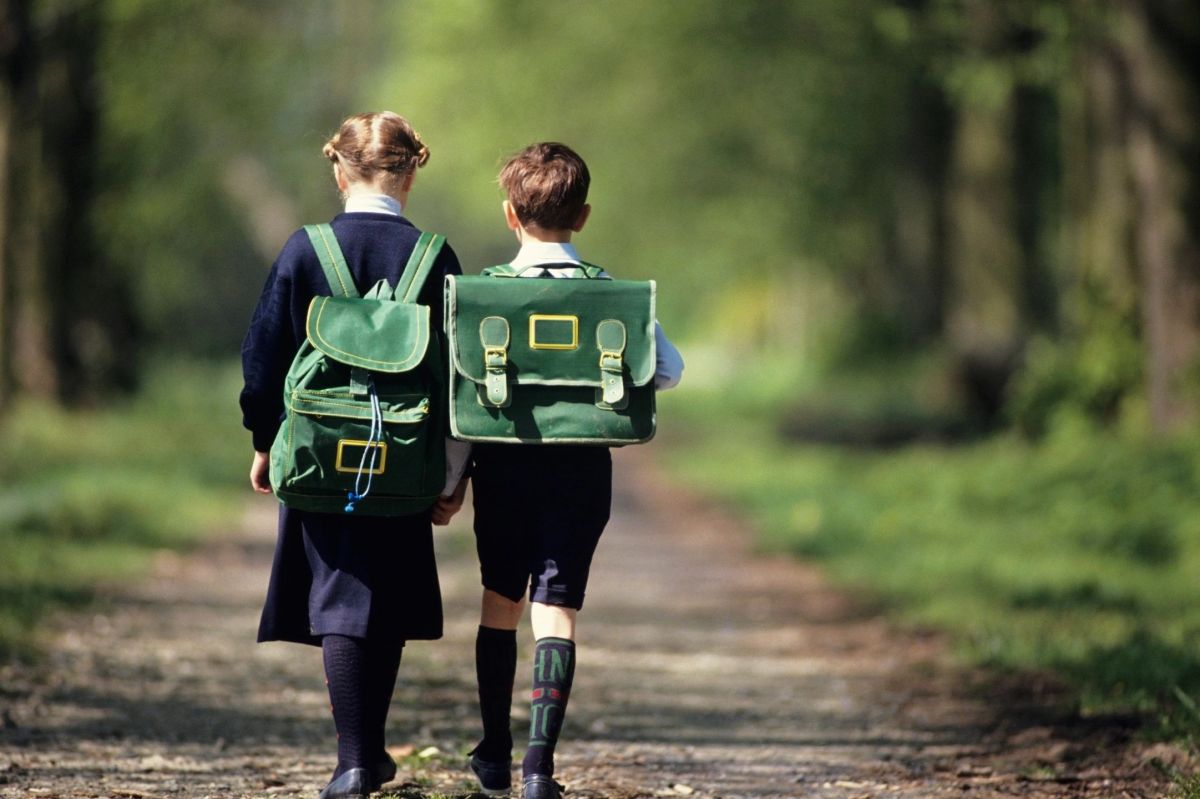
I had the privilege of teaching a forestry class this year to a group of 7th graders. During my initial assessment of student understanding of the core content of the class, I found that several learners understood the basic content. In our school district, we define basic level of understanding as surface learning. Surface learning is one of three levels of learning that we use to identify student understanding of core content and skills:
Approximately 7 weeks into the semester, I re-assessed my learners and found that most of the students who scored at or above surface level at the beginning of the semester scored a bit better but didn’t show much growth. I then asked these students what they thought about the class and they said it was “going great.” They said they liked the class, it didn’t seem boring, and it wasn’t too hard. I then showed them the data illustrating that they didn’t show much growth. They seemed fine with the results–they met proficiency! But they clearly weren’t challenged nor had they experienced struggle in my classroom. They were cruising!
I needed more data. I went out and asked other cruisers what makes a great learner in school and they said great learners help other people, get their work done, are consistently correct, and often get more packets of homework than other learners. I then studied research and looked for education books (which are few and far between) to ensure that students who are experiencing high proficiency at the beginning of a learning experience gain one year’s growth in one year’s time. Here are three approaches that supported me in moving my cruisers to creators:
Complexity
Students that are “high proficiency-low growth”, or colloquially “cruisers,” need to encounter cognitively challenging tasks and experiences to meet their academic needs. Students who are attempting to move from deep levels of learning to transfer level learning require tasks that require them to see similarities and differences between different types of problems and explore how the content they have learned apply in those situations.
The aforementioned cognitively challenging activities require instructional methodologies such as problem and project based learning (PBL). The original Visible Learning research study dissuaded teachers from utilizing inquiry based methodologies; however, the majority of the research in this study was based on tests that are at the surface level and in some cases the deep level of learning (Hattie, 2009). More contemporary research, such as Hattie and Donoghue (2016) showed that many strategies are, in fact, dependent on the level of learning.
In 2017, Rigorous PBL by Design argued that problem and project based learning (PBL can have a substantial effect on student learning when designed correctly. Moreover, PBL is particularly effective for students as they move from deep to transfer learning. The methodology is designed to present students problems in which they must apply deep learning to real world problems. For example, suppose students already understood the definition of food chains and food webs (surface) and understood how these systems relate in terms of transfer of energy (deep). I could present a problem to the students in which they had to transfer their learning to a real world scenario. Imagine if we reintroduced a species into the ocean (e.g. sea otters in the north pacific) or were attempting to save a species (e.g. golden eagle in the Altamont pass).
Beyond large scale instructional methodology changes, we can also temporary challenge student thinking in class by creating a cognitive conflict. The table below illustrates several activities…
Confidence
If we think of complexity as a means for making it possible for students to step outside of their comfort zone, then confidence allows students to develop a preference for being outside of their comfort zone. The task for teachers with cruisers is to support them in changing their mindset from seeing complexity as difficult to seeing it as important, and in helping them form a habit of pursuit. At some point rigor will come knocking for these students and we need to ensure they have the dispositions and strategies to get through those situations.
One way to move a cruiser forward in the investment of further learning is to support them in taking control over their learning, as opposed to focusing solely on getting work done for teachers. Cruisers have a need for meeting the teachers’ expectations and as such we want to model for them the value we have of engaging in learning rather than being compliant in schooling. One way to do this is to establish a process for developing a student’s efficacy so they can move their own learning forward. The following table illustrates three strategies for developing efficacy.
Contribution
If we think of complexity as a means for making it possible for students to step outside of their comfort zone and confidence as a means to developing a preference for being outside of their comfort zone, then contribution is about developing a passion for understanding and contribution with and for others to make a difference.
Cruisers are often narrowly focused on the work they are completing within the walls of the classroom. Even great projects can be mentally minimized to a task that needs to be completed. Cruisers need tasks in which they are engaging with diverse opinions, people, and places to solve real world problems. A few key strategies include:
Over the course of my forestry class, I observed my students stuck in “cruise mode” (along with all of my other learners) grow in their learning and shift their habits and beliefs in learning. No, I have not mastered this work but I think I have started to truly develop their expertise and efficacy. This has enabled my cruisers to shift into a new gear of learning and move forward.












